Home>Articles>Why Is My Garage Door Opener Making A Clicking Sound


Articles
Why Is My Garage Door Opener Making A Clicking Sound
Modified: August 28, 2024
Discover why your garage door opener is making a clicking sound with informative articles packed with troubleshooting tips and solutions.
(Many of the links in this article redirect to a specific reviewed product. Your purchase of these products through affiliate links helps to generate commission for Storables.com, at no extra cost. Learn more)
Introduction
Having a garage door opener is a convenient and efficient way to access your garage. However, if you start to notice a clicking sound coming from your garage door opener, it can be a cause for concern. This clicking sound can be indicative of a problem within the garage door opener system, and addressing it promptly is essential to maintain the functionality and safety of your garage.
In this article, we will explore the common causes of clicking sounds in garage door openers and provide troubleshooting tips to help you resolve the issue. By understanding the potential reasons behind the clicking sound and taking the necessary steps to fix it, you can ensure your garage door opener operates smoothly and effectively.
So, let’s dive in and discover why your garage door opener might be making a clicking sound and what you can do about it.
Key Takeaways:
- Troubleshooting the clicking sound in your garage door opener involves realigning safety sensors, inspecting drive gears, and addressing loose or broken components. Regular maintenance is key to ensuring smooth and reliable operation.
- Electrical issues and faulty remote control batteries can also contribute to the clicking sound in your garage door opener. By addressing these issues promptly, you can eliminate the clicking sound and ensure safe and convenient access to your garage.
Read more: Why Is My Garage Door Opener Beeping
Common Causes of Clicking Sounds in Garage Door Openers
A clicking sound in your garage door opener can be caused by various factors. Here are some of the most common culprits:
1. Misalignment of the safety sensors: Garage door openers are equipped with safety sensors that detect objects or obstructions in the path of the door. If these sensors become misaligned, they may trigger a clicking sound as they try to communicate with each other. This can happen due to accidental bumps or vibrations over time.
2. Damaged or worn-out drive gears: The drive gears in a garage door opener are responsible for moving the door up and down. Over time, these gears can become worn or damaged, leading to a clicking sound when the opener attempts to operate. This issue is often accompanied by difficulty in opening or closing the door smoothly.
3. Loose or broken components: Garage door openers consist of various moving parts, such as belts, chains, and pulleys. If any of these components become loose or broken, they may produce a clicking sound when the opener engages. Inspecting these parts regularly can help identify any issues and prevent further damage.
4. Electrical issues: Clicking sounds can also be caused by electrical problems within the garage door opener system. Faulty wiring, loose connections, or malfunctioning circuit boards can lead to irregular electrical signals, resulting in a clicking noise. It’s important to address any electrical issues promptly to prevent further damage or safety hazards.
5. Faulty remote control: Sometimes, the clicking sound may not originate from the garage door opener itself, but rather from the remote control. If the remote control button is stuck or malfunctioning, it may repeatedly send signals to the opener, causing a clicking noise. Checking and replacing the battery in the remote control can often resolve this issue.
Identifying the underlying cause of the clicking sound is crucial in order to address the problem effectively. In the next section, we will provide some troubleshooting tips to help you resolve the issue and restore the smooth operation of your garage door opener.
Misalignment of the Safety Sensors
One of the possible reasons for a clicking sound in your garage door opener is the misalignment of the safety sensors. These sensors are positioned on either side of the garage door, near the floor, and send an invisible beam to each other. This beam is meant to detect any obstruction in the path of the closing door, preventing accidents or damage.
When the safety sensors become misaligned, they may not be able to communicate properly with each other, leading to a clicking sound. So, how can you determine if the safety sensors are misaligned? Here are a few signs to look out for:
1. The garage door starts to close but immediately reverses: If the sensors are misaligned, they may not detect the clear passage for the door to close, causing it to reverse immediately after starting to close.
2. The garage door doesn’t close at all: In some cases, the misalignment may be severe enough that the sensors fail to recognize the beam altogether, preventing the door from closing.
To realign the safety sensors and eliminate the clicking sound, follow these steps:
1. Check for obstructions: Start by making sure there are no physical obstructions, such as debris or objects, blocking the sensors’ line-of-sight. Remove any objects that may be in the way.
2. Clean the sensors: Dust, dirt, or spider webs can accumulate on the sensors, disrupting their proper functioning. Use a clean, dry cloth to carefully wipe the sensors and remove any buildup.
3. Adjust the sensors: Most garage door opener systems have an adjustment mechanism that allows you to align the sensors properly. Typically, you can find small knobs or screws near the sensors that enable you to adjust their position. Use a level to ensure the sensors are aligned directly facing each other. Make small adjustments as needed until they are perfectly parallel to each other.
4. Test the sensors: Once you have realigned the sensors, test the garage door opener by closing and opening the door. If the clicking sound persists, repeat the alignment process and make sure the sensors are securely mounted.
Misaligned safety sensors not only result in a clicking sound but can also compromise the safety features of your garage door opener. It’s essential to address this issue promptly to prevent accidents or damage to your garage door system. If you’re unsure about realigning the sensors or the clicking sound persists, it’s advisable to consult a professional garage door technician for assistance.
Damaged or Worn-Out Drive Gears
Another common reason for a clicking sound in your garage door opener is the presence of damaged or worn-out drive gears. The drive gears are responsible for transferring power from the motor to the garage door, allowing it to open and close smoothly. Over time, these gears can wear down or become damaged due to regular use or lack of maintenance.
Here are some signs that indicate you may have damaged or worn-out drive gears:
1. Grinding or clicking noise: If you hear a grinding or clicking sound when the garage door is operating, it may be a sign that the drive gears are compromised. This noise typically occurs when the gears are struggling to engage properly.
2. Difficulty in opening or closing: Damaged or worn-out drive gears may result in increased resistance when operating the garage door. You may notice that the door moves slower than usual or gets stuck while opening or closing.
To address this issue, you may need to inspect and replace the damaged or worn-out drive gears. Here’s how you can do it:
1. Disconnect the power: Before working on any components of the garage door opener, disconnect the power supply to ensure your safety. This typically involves unplugging the opener from the electrical outlet or turning off the breaker that controls the garage door opener circuit.
2. Remove the cover: Locate the cover or casing of the garage door opener and remove it. This will give you access to the internal components, including the drive gears.
3. Inspect the gears: Carefully examine the drive gears for any signs of damage, such as missing teeth, cracks, or excessive wear. If you notice any of these issues, it’s a clear indication that the gears need to be replaced.
4. Replace the gears: Contact the manufacturer of your garage door opener or a local garage door repair professional to obtain the appropriate replacement drive gears. Follow their instructions or refer to the user manual to ensure proper installation. It’s important to use genuine replacement parts to maintain the quality and functionality of the opener.
5. Test the garage door: After replacing the drive gears, reassemble the opener and reconnect the power supply. Test the garage door to ensure the clicking sound has been eliminated and that the door operates smoothly.
If you’re not comfortable with performing the inspection and replacement yourself, it’s recommended to seek the assistance of a professional garage door technician. They have the experience and expertise to properly diagnose and resolve issues with drive gears in your garage door opener.
By addressing damaged or worn-out drive gears promptly, you can eliminate the clicking sound and ensure the smooth and reliable operation of your garage door opener. Regular maintenance and periodic inspections can also help prevent premature gear damage and prolong the lifespan of your opener.
Loose or Broken Components
If your garage door opener is making a clicking sound, it could be due to loose or broken components within the system. The constant movement and vibrations of the garage door opener can cause certain parts to become loose over time, while others may become damaged or broken due to wear and tear. Identifying and addressing these issues is essential to maintain the smooth operation of your garage door.
Here are some signs that indicate the presence of loose or broken components in your garage door opener:
1. Excessive rattling or shaking: If you notice that your garage door opener is vibrating excessively or producing a rattling noise, it could be a result of loose components. These may include bolts, nuts, hinges, or brackets that hold various parts of the opener system together.
2. Irregular movements: A clicking sound can also occur if certain components, such as rails or pulleys, are damaged or broken. This may cause the garage door to move unevenly or jerk during operation.
To address loose or broken components, follow these steps:
1. Disconnect the power: Always start by disconnecting the power to the garage door opener before inspecting or working on any components. This ensures your safety during the process.
2. Inspect for loose parts: Carefully examine the different parts of the garage door opener system, such as rails, brackets, nuts, bolts, and hinges. Check for any signs of looseness or damage. If you find any loose components, tighten them using the appropriate tools. Be careful not to overtighten, as this may cause further damage.
3. Replace broken components: If you identify any broken or damaged parts during your inspection, they will need to be replaced. Consult the user manual for your specific garage door opener or contact the manufacturer for the correct replacement parts. It’s important to use the exact specifications recommended by the manufacturer to ensure proper functioning.
4. Lubricate moving parts: In addition to addressing loose or broken components, it’s beneficial to lubricate the moving parts of the garage door opener. Use a lubricant specifically designed for garage door mechanisms and apply it to rollers, hinges, tracks, and other moving parts. This helps reduce friction and noise, promoting smoother and quieter operation.
5. Test the garage door: After addressing loose or broken components and lubricating the moving parts, reconnect the power supply and test the garage door opener. Check for any lingering clicking sounds or irregular movements. If the issue persists, it may be necessary to consult a professional garage door technician for further assistance.
Regular maintenance and periodic inspections can help prevent loose or broken components and extend the lifespan of your garage door opener. By addressing these issues promptly, you can ensure the safe and reliable operation of your garage door while eliminating the clicking sound.
Read more: Why Is My Garage Door Opening By Itself
Electrical Issues
Electrical issues can be another common cause of a clicking sound in your garage door opener. Problems with the electrical system can result in irregular signals being sent to the opener, leading to the clicking noise. Here are some electrical issues to consider:
1. Faulty wiring: Over time, the electrical wiring in your garage door opener system may become damaged or frayed. This can happen due to factors such as rodents chewing on the wires or wear and tear. When the wiring is compromised, it can disrupt the flow of electricity and cause clicking sounds.
2. Loose connections: Loose connections in the electrical components of the garage door opener can also contribute to clicking noises. These connections can come loose due to the vibrations from regular usage or improper installation. When the connections become loose, the electrical signal may not flow smoothly, creating a clicking sound.
3. Malfunctioning circuit boards: The circuit board is the brain of the garage door opener and controls the various functions. If the circuit board becomes faulty or damaged, it can cause erratic electrical signals, resulting in a clicking noise. Issues with the circuit board may be caused by power surges, moisture, or simply wear and tear over time.
To troubleshoot electrical issues in your garage door opener, follow these steps:
1. Disconnect the power: Prior to inspecting the electrical components of the opener, ensure that the power supply is disconnected. This is crucial for your safety.
2. Check the wiring: Inspect the wiring for any signs of damage or fraying. If you notice any issues, consider having a professional electrician replace the damaged wiring to ensure proper electrical flow.
3. Tighten connections: Examine the electrical connections of the opener, such as those between the motor, circuit board, and power supply. If you identify any loose connections, use appropriate tools to tighten them securely. Be cautious not to overtighten, as it may cause damage to the terminals or connections.
4. Inspect the circuit board: Carefully examine the circuit board for signs of damage, such as burnt or melted components. If you notice any issues, it may be necessary to replace the circuit board. Contact the manufacturer or a professional technician to obtain a suitable replacement.
5. Test the garage door opener: Once you have addressed the electrical issues, reconnect the power supply and test the garage door opener. Check for any remaining clicking sounds or irregular operation. If the problem persists, it’s advisable to seek the assistance of a trained technician to further diagnose and resolve the electrical issue.
Remember, working with electrical components can be dangerous if you’re not experienced. If you’re unsure about troubleshooting electrical issues in your garage door opener, it’s best to consult a professional electrician or garage door technician who has the expertise and knowledge to handle electrical systems safely.
By identifying and resolving electrical issues promptly, you can eliminate the clicking sound and ensure the reliable and safe operation of your garage door opener. Regular maintenance and periodic inspections can also help prevent electrical problems from occurring in the future.
Faulty Remote Control
If your garage door opener is making a clicking sound, another potential culprit could be a faulty remote control. The remote control allows you to conveniently open and close your garage door from a distance. However, if the remote control is malfunctioning, it can cause repeated signals to be sent to the opener, resulting in a clicking noise.
Here are a few signs that indicate you might be dealing with a faulty remote control:
1. Clicking sound when pressing the remote control button: If you hear a clicking sound from the garage door opener every time you press the remote control button, it’s likely that the remote control is the source of the issue.
2. Inconsistent response from the opener: If the garage door opener responds erratically or only partially when you try to open or close it using the remote control, it could indicate a problem with the remote control.
To troubleshoot a faulty remote control, follow these steps:
1. Replace the battery: The first step is to check the battery in the remote control. If the battery is weak or dead, it may not provide a strong and consistent signal to the garage door opener. Replace the battery with a fresh one and test the remote control to see if the clicking sound persists.
2. Clean the remote control: Over time, dirt, debris, or moisture can accumulate on the contact points or inside the remote control, interfering with its functionality. Use a clean, dry cloth or cotton swab to carefully clean the remote control, paying particular attention to the buttons and battery compartment.
3. Reprogram the remote control: If replacing the battery and cleaning the remote control do not resolve the issue, you may need to reprogram the remote control to sync it with the garage door opener. Consult the user manual or manufacturer’s instructions for your specific garage door opener model to learn how to reprogram the remote control.
4. Test with a different remote control: If you have access to another remote control that is compatible with your garage door opener, try using it to open and close the door. If the clicking sound disappears when using the different remote control, it indicates that the original remote control is faulty and needs to be replaced.
If none of these troubleshooting steps resolve the issue, it may be necessary to purchase a new remote control. Contact the manufacturer or a reputable garage door supplier to obtain the appropriate replacement remote for your specific opener.
A faulty remote control can be a simple fix, but it’s important to address the issue to ensure reliable and convenient access to your garage. Regularly check the battery life and clean the remote control to prevent future problems. If you continue to experience issues or are unsure how to proceed, consult a professional garage door technician for further assistance.
Check the alignment of the safety sensors on your garage door opener. If they are misaligned, it can cause a clicking sound as the sensors try to communicate with each other. Adjust them to see if the clicking noise stops.
How to Troubleshoot a Clicking Sound in Your Garage Door Opener
Experiencing a clicking sound in your garage door opener can be frustrating, but there are several troubleshooting steps you can take to identify and resolve the issue. Here are some steps to help you troubleshoot the clicking sound:
1. Inspect the opener visually: Begin by conducting a visual inspection of the garage door opener. Look for any obvious signs of loose, damaged, or broken components. Check for loose wires, frayed cables, or misaligned parts. Identifying any visible issues can help narrow down the cause of the clicking sound.
2. Disconnect and reconnect the opener: Turn off the power supply to the garage door opener. Disconnect the opener from the power source for a few minutes, then reconnect it. This can sometimes reset the system and clear any temporary malfunctions that may be causing the clicking sound.
3. Test the manual release: Engage the manual release feature on your garage door opener. This allows you to operate the garage door manually, independent of the opener. Gently open and close the door to see if the clicking sound persists. If the sound is present even when operating the door manually, it could be an issue with the door itself, rather than the opener.
4. Check the springs: Examine the springs on your garage door. Look for signs of wear, rust, or damage. Worn-out or damaged springs can cause the door to operate unevenly and produce clicking sounds. If you suspect an issue with the springs, it’s best to seek the assistance of a professional garage door technician for repair or replacement.
5. Lubricate moving parts: Apply a non-silicone-based lubricant to the moving parts of the garage door opener, such as rollers, hinges, and tracks. Lubrication helps reduce friction and noise, which can often eliminate or lessen clicking sounds. Follow the manufacturer’s instructions for the appropriate lubricant to use on your specific opener.
6. Test the force adjustment settings: Most garage door openers have force adjustment settings that control the amount of force applied when opening and closing the door. If these settings are too high or too low, it can cause clicking sounds. Consult your opener’s manual to locate the force adjustment settings and make any necessary adjustments according to the manufacturer’s guidelines.
7. Call a professional: If you have followed these troubleshooting steps and the clicking sound persists, it may be time to call a professional garage door technician. They have the knowledge and experience to diagnose and repair more complex issues with the opener. They can also perform routine maintenance to ensure optimal functionality and prevent future problems.
Remember to prioritize your safety when troubleshooting your garage door opener. If you are unsure about any steps or feel uncomfortable working around the opener’s components, it’s best to seek the assistance of a professional technician.
By following these troubleshooting steps, you can help identify and resolve the clicking sound in your garage door opener, restoring its smooth and reliable operation. Regular maintenance and periodic inspections are also essential to prevent issues and keep your garage door opener functioning properly.
Checking and Realigning the Safety Sensors
One of the most common causes of a clicking sound in a garage door opener is a misalignment of the safety sensors. These sensors, located near the floor on both sides of the garage door opening, emit an invisible beam that detects any obstructions or objects in the path of the closing door. If the sensors become misaligned or blocked, they may trigger a clicking sound as they continuously try to communicate.
To check and realign the safety sensors, follow these steps:
1. Inspect the sensor alignment: Begin by visually inspecting the sensors to ensure they are properly aligned. Look for any physical obstructions or debris that may be blocking the sensors’ line-of-sight. Clear away any objects or debris that could be interfering with the beam.
2. Clean the sensor lenses: Dust, dirt, or debris on the sensor lenses can obstruct the beam and cause misalignment. Use a soft, clean cloth to wipe the lenses of both sensors to remove any dirt or buildup. Be gentle to avoid scratching the lenses.
3. Check the sensor indicator lights: Most garage door opener systems have indicator lights on the sensors – typically a red or green LED light. Observe the lights on both sensors. If both lights are solid and not flashing, it indicates that the sensors are receiving power and properly aligned.
4. Realignment process: Start by loosening the mounting brackets that hold the sensors in place. Once the brackets are loose, use a level to verify that the sensors are perfectly aligned both horizontally and vertically. Adjust the position of the sensors until they are level and parallel to each other. Then, tighten the mounting brackets securely.
5. Test the alignment: With the sensors properly aligned, test the garage door opener by closing the door. If the clicking sound is resolved, it indicates that realigning the sensors was successful. If the clicking sound persists, repeat the realignment process and ensure that the sensors are securely mounted.
Remember to exercise caution and always observe safety precautions when working with garage door opener systems. Avoid placing your hands or any objects in the path of a closing garage door during the realignment process.
Misaligned safety sensors not only cause a clicking sound but can also compromise the safety features of the garage door opener. It is important to address this issue promptly to prevent accidents or damage. If you are unsure about realigning the sensors or the clicking sound persists, it is advisable to consult a professional garage door technician for assistance. They can ensure proper alignment and functionality of the safety sensors for a safe and efficient garage door operation.
Inspecting and Replacing Drive Gears
If your garage door opener is making a clicking sound, one possible cause could be damaged or worn-out drive gears. The drive gears are responsible for transferring power from the motor to the garage door, allowing it to open and close smoothly. Over time, these gears can wear down or become damaged, leading to a clicking sound during operation.
To inspect and replace drive gears, follow these steps:
1. Disconnect the power: Before working on any components of your garage door opener, disconnect the power supply. This ensures your safety during the inspection and replacement process.
2. Remove the cover: Locate and remove the cover or casing of your garage door opener to gain access to the internal components. Different models may have different methods of removing the cover, so refer to your opener’s manual or manufacturer’s instructions for guidance.
3. Locate the drive gears: Once the cover is removed, locate the drive gears inside the garage door opener. These gears are typically situated near the motor assembly.
4. Inspect the gears: Carefully examine the drive gears for any signs of wear, damage, or missing teeth. Worn-out or damaged gears can cause the clicking sound you are experiencing. Pay attention to the condition of the teeth, shafts, and any other components that may affect the performance of the gears.
5. Replace the gears: If you notice significant wear or damage to the drive gears, they will need to be replaced. Contact the manufacturer of your garage door opener or a reputable garage door supplier to obtain the correct replacement gears. Follow the provided instructions or consult a professional if you are unsure about the replacement process.
6. Lubricate the gears: Before installing the new drive gears, apply a lubricant specifically designed for garage door opener systems. This helps reduce friction and ensures smooth operation. Refer to the lubricant manufacturer’s instructions for proper application.
7. Reassemble and Test: Once the new gears are installed and lubricated, reassemble the garage door opener and reconnect the power supply. Test the opener to ensure that the clicking sound is eliminated and that the door operates smoothly. If the clicking sound persists, there may be other issues that require further inspection or professional assistance.
Remember, working with garage door opener components can be challenging, and it is important to prioritize your safety. If you are not comfortable inspecting or replacing the drive gears yourself, it is recommended to contact a professional garage door technician for assistance. They have the experience and expertise to handle opener repairs safely and efficiently.
Inspecting and replacing damaged or worn-out drive gears in your garage door opener can eliminate the clicking sound and restore the smooth functionality of your garage door. Regular maintenance and periodic inspections of the opener can also help prevent premature gear wear, ensuring the long-term reliability and performance of your garage door opener.
Tightening or Replacing Loose or Broken Components
If your garage door opener is making a clicking sound, it could be due to loose or broken components within the system. Over time, the constant movement and vibrations of the garage door opener can cause certain parts to become loose or damaged, resulting in the clicking noise. Identifying and addressing these issues is essential to maintain the smooth and reliable operation of your garage door opener.
To tighten or replace loose or broken components, follow these steps:
1. Disconnect the power: Before working on any components of the garage door opener, disconnect the power supply. This is crucial for your safety during the inspection and repair process.
2. Visual inspection: Conduct a visual inspection of the garage door opener system. Look for any obvious signs of loose or broken components. Check for loose nuts, bolts, brackets, or hinges. Examine cables, belts, or chains for any signs of damage or wear. Identifying visible issues can help determine which parts may need tightening or replacing.
3. Tighten loose components: Using the appropriate tools, tighten any loose nuts, bolts, or brackets that hold different parts of the opener together. Be careful not to overtighten, as this may cause damage. Pay attention to the tension of cables, belts, or chains, and make any necessary adjustments to ensure they are properly tensioned.
4. Replace broken components: If you identify any broken or severely worn-out components during the inspection, they will need to be replaced. This may include cables, belts, chains, hinges, or brackets. Contact the manufacturer of your garage door opener or consult a professional garage door technician to obtain the correct replacement parts. Follow their instructions or refer to your opener’s manual for proper installation.
5. Lubricate moving parts: Apply a lubricant specifically designed for garage door mechanisms to the moving parts of the garage door opener. This includes rollers, hinges, pulleys, and tracks. Proper lubrication helps reduce friction, noise, and wear on the components, leading to smoother operation. Refer to the lubricant manufacturer’s instructions for the appropriate application.
6. Reassemble and test: Once the loose or broken components have been tightened or replaced, reassemble the garage door opener and reconnect the power supply. Test the opener to ensure that the clicking sound is eliminated, and the door operates smoothly. If the clicking sound persists or any other issues arise, it may be necessary to consult a professional technician for further inspection and assistance.
Regular maintenance and periodic inspections of your garage door opener are crucial to prevent loose or broken components and ensure its optimal performance. By addressing these issues promptly, you can eliminate the clicking sound and extend the lifespan of your garage door opener. If you’re unsure about performing the inspection or repairs yourself, it’s recommended to seek the help of a professional garage door technician for safe and efficient resolution.
Troubleshooting Electrical Problems
Electrical problems can often be the root cause of a clicking sound in your garage door opener. Issues with the electrical system can disrupt the normal functioning of the opener and result in a clicking noise. To troubleshoot electrical problems, follow these steps:
1. Disconnect the power: Before working with any electrical components, it’s important to disconnect the power supply to the garage door opener. This ensures your safety during the troubleshooting process.
2. Check the power source: Verify that the power source for the garage door opener is functioning properly. Check the circuit breaker or fuse box to ensure that the breaker associated with the opener is not tripped or the fuse is not blown. If it is, reset the breaker or replace the fuse. Test the garage door opener again to see if the clicking sound persists.
3. Inspect the wiring: Examine the wiring of the garage door opener for any signs of damage or loose connections. Look for frayed wires, loose terminals, or any exposed wiring. If you notice any issues, it’s best to contact a professional electrician to replace or repair the wiring.
4. Test the outlet: If you suspect that the electrical outlet the opener is plugged into is faulty, try plugging a different appliance into the same outlet to verify its functionality. If the appliance doesn’t work either, it may indicate an issue with the outlet or the circuitry connected to it. Contact a qualified electrician to inspect and repair any electrical problems with the outlet.
5. Reset the opener: Some garage door openers have a reset button that helps troubleshoot electrical issues. Refer to the user manual or manufacturer’s instructions to locate the reset button and follow the provided steps to reset the opener. After resetting, test the opener to see if the clicking sound has been resolved.
6. Inspect the circuit board: The circuit board is an essential component of the garage door opener system. Check for any visible signs of damage, such as burnt or melted components, on the circuit board. If you notice any issues, the circuit board may need to be replaced. Contact the manufacturer for a replacement or consult a professional technician for assistance.
7. Professional assistance: If you have tried the above troubleshooting steps and are still experiencing electrical problems and the clicking sound persists, it’s recommended to seek the help of a professional garage door technician or electrician. They have the expertise and equipment to diagnose and fix more complex electrical issues safely.
Remember, electrical work can be dangerous if you’re not experienced. It’s important to prioritize your safety and consult a professional if you’re unsure about troubleshooting electrical problems in your garage door opener. By identifying and resolving any electrical issues, you can eliminate the clicking sound and ensure the safe and reliable operation of your garage door opener.
Replacing the Remote Control Battery
If your garage door opener is making a clicking sound, one possible cause could be a faulty remote control. The remote control allows you to conveniently operate your garage door from a distance, but if the battery is weak or dead, it can result in erratic signals and cause a clicking noise. Replacing the remote control battery is a simple troubleshooting step that can often resolve the issue.
Here’s how you can replace the remote control battery:
1. Identify the battery type: Most garage door opener remotes use a coin or button cell battery. Refer to the user manual or check the markings on the battery to determine the correct type and size.
2. Open the battery compartment: Locate the battery compartment on the back of the remote control. It is usually secured with a small screw or sliding cover. Use a screwdriver or slide the cover to open the compartment.
3. Remove the old battery: Carefully remove the old battery from the compartment, taking note of its orientation. Dispose of the old battery according to local regulations and guidelines.
4. Insert the new battery: Place the new battery into the compartment, ensuring that it is correctly oriented according to the markings or instructions. Press it firmly into place, ensuring it makes proper contact with the terminals.
5. Close the battery compartment: Securely close the battery compartment, either by tightening the screw or sliding the cover back into place. Make sure it is securely fastened to avoid any unintended dislodging of the battery.
6. Test the remote control: Stand within the range of the garage door opener and press the buttons on the remote control to operate the door. If the clicking sound is no longer present and the door responds as expected, it indicates that the battery replacement has resolved the issue.
If the clicking sound persists or the remote control does not operate the garage door properly even after replacing the battery, there might be other issues with the remote control itself. In such cases, it is advisable to consult the user manual or contact the manufacturer for further troubleshooting steps or to obtain a replacement remote control if necessary.
Regularly checking the battery life of your remote control and having spare batteries on hand can help ensure continued smooth and reliable operation. By replacing the remote control battery, you can eliminate the clicking sound and maintain seamless control over your garage door.
Remember to handle batteries with care, follow proper disposal guidelines, and keep them out of reach of children or pets.
Read more: Why Is My Alexa Making Mario Sounds
Conclusion
Experiencing a clicking sound in your garage door opener can be a frustrating and concerning issue. However, by understanding the common causes and following the appropriate troubleshooting steps, you can often identify and resolve the problem.
In this article, we explored the common causes of clicking sounds in garage door openers. Misalignment of the safety sensors, damaged drive gears, loose or broken components, electrical issues, and faulty remote control batteries are all potential culprits. By identifying these causes, you can narrow down the source of the clicking sound and take the necessary steps to fix it.
We provided detailed instructions on how to troubleshoot each of these issues. Checking and realigning the safety sensors ensures their proper functionality and prevents false detection. Inspecting and replacing drive gears helps restore smooth and efficient door operation. Tightening or replacing loose or broken components ensures a secure and stable garage door system. Troubleshooting electrical issues and replacing the remote control battery resolve problems related to the electrical system and remote control usage.
Regular maintenance, periodic inspections, and prompt attention to any signs of trouble are essential for preventing future issues and maintaining a reliable garage door opener. It is always important to prioritize safety and consult a professional technician when needed.
By taking the necessary steps to address clicking sounds in your garage door opener, you can restore its functionality, improve safety, and extend its lifespan. A properly functioning garage door opener provides convenience, security, and peace of mind.
Remember, if you are unfamiliar with the inner workings of your garage door opener or if the issue persists despite your troubleshooting efforts, it is best to consult a professional garage door technician. They have the expertise and tools to diagnose and fix more complex problems, ensuring the optimal performance of your garage door opener.
With the troubleshooting tips provided in this article, you can confidently address the clicking sound in your garage door opener and enjoy seamless and reliable operation for years to come.
Frequently Asked Questions about Why Is My Garage Door Opener Making A Clicking Sound
Was this page helpful?
At Storables.com, we guarantee accurate and reliable information. Our content, validated by Expert Board Contributors, is crafted following stringent Editorial Policies. We're committed to providing you with well-researched, expert-backed insights for all your informational needs.

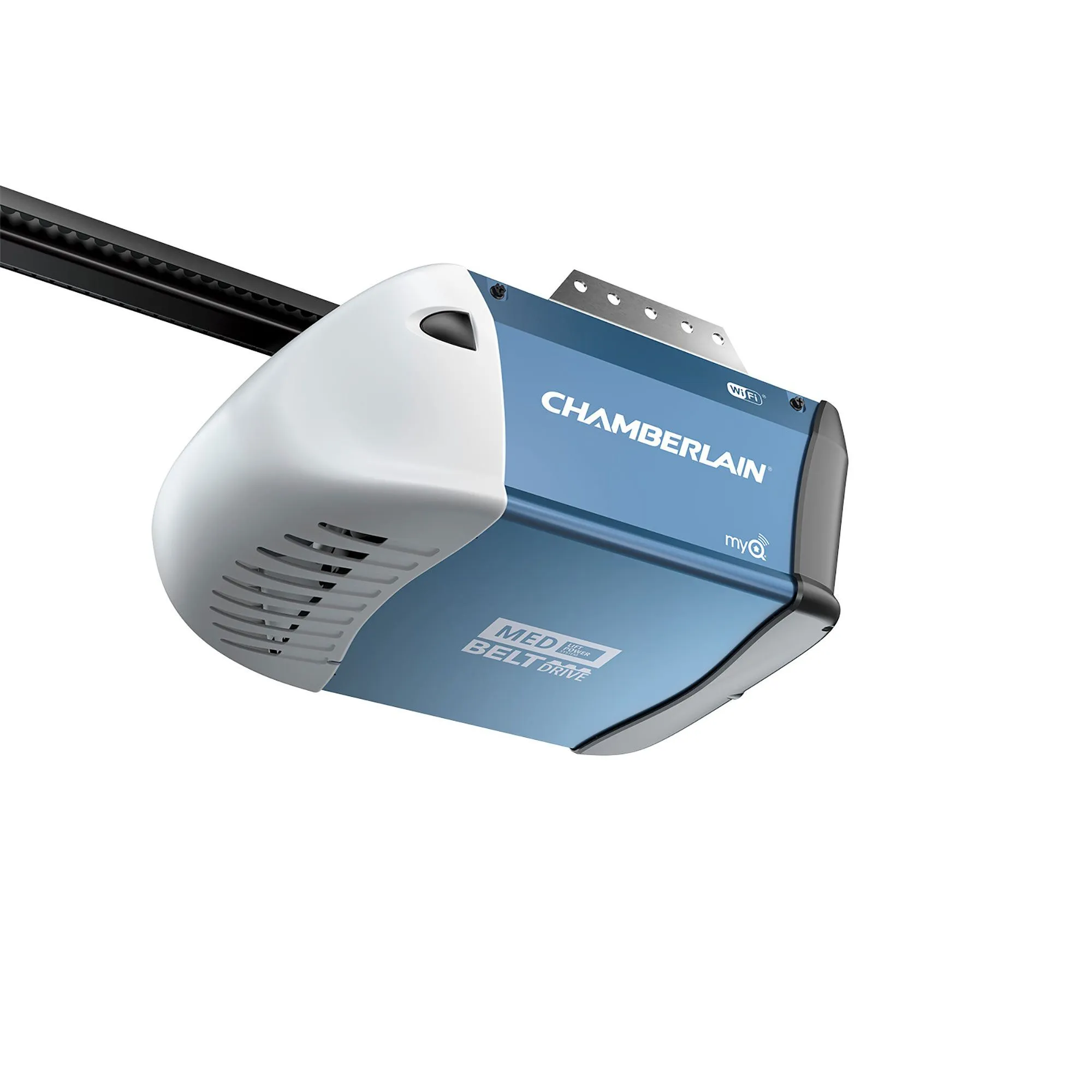
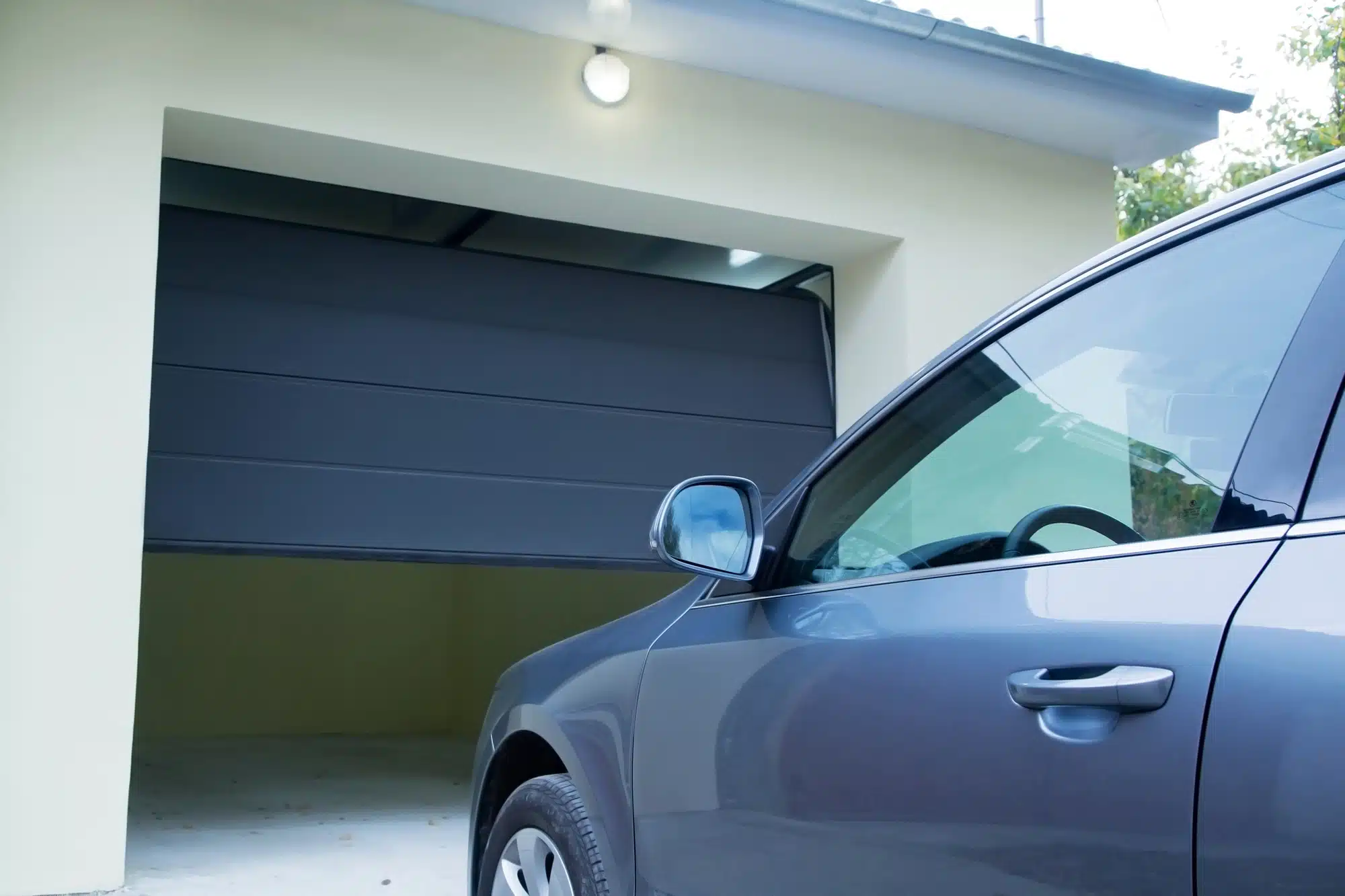
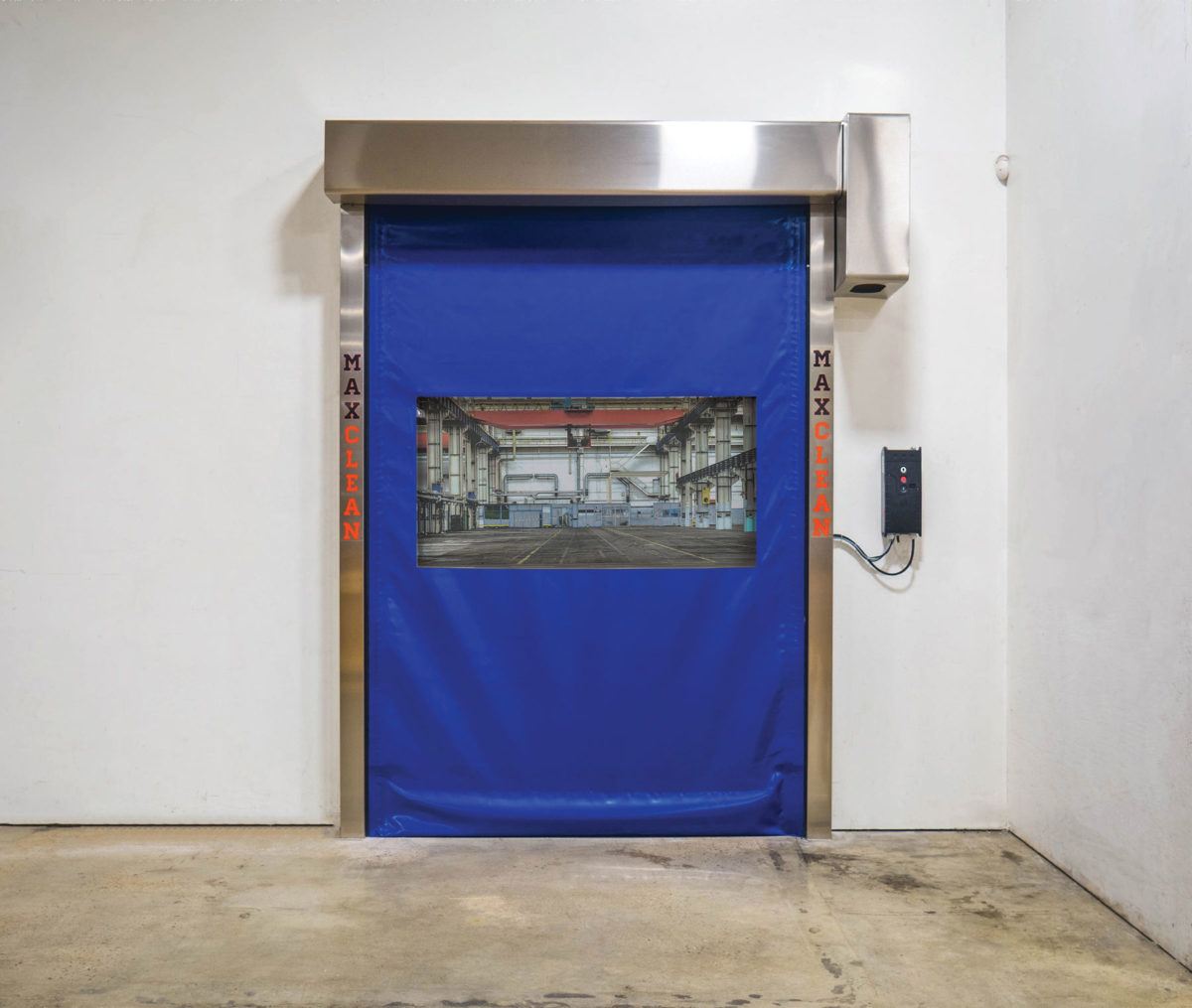
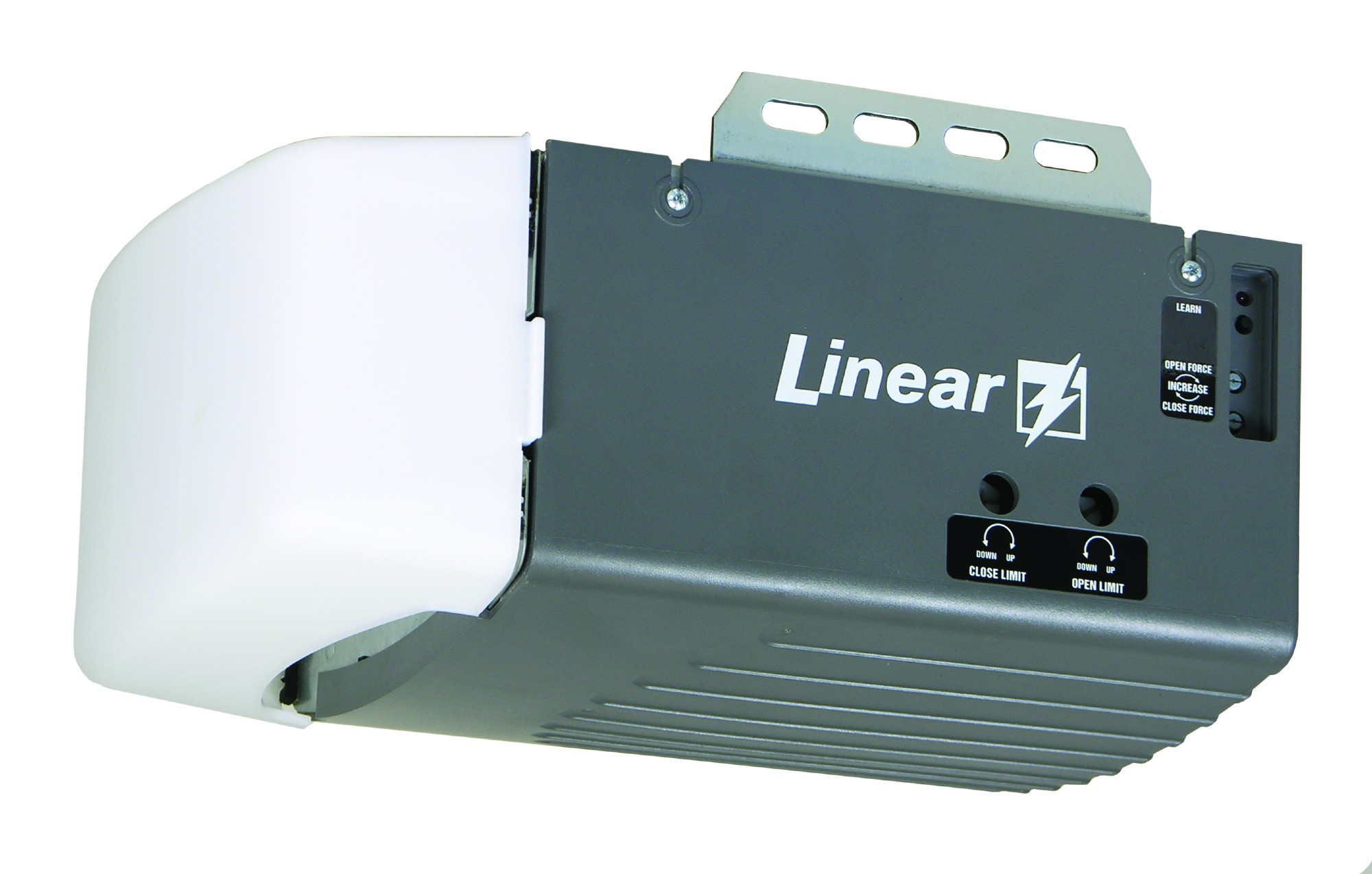

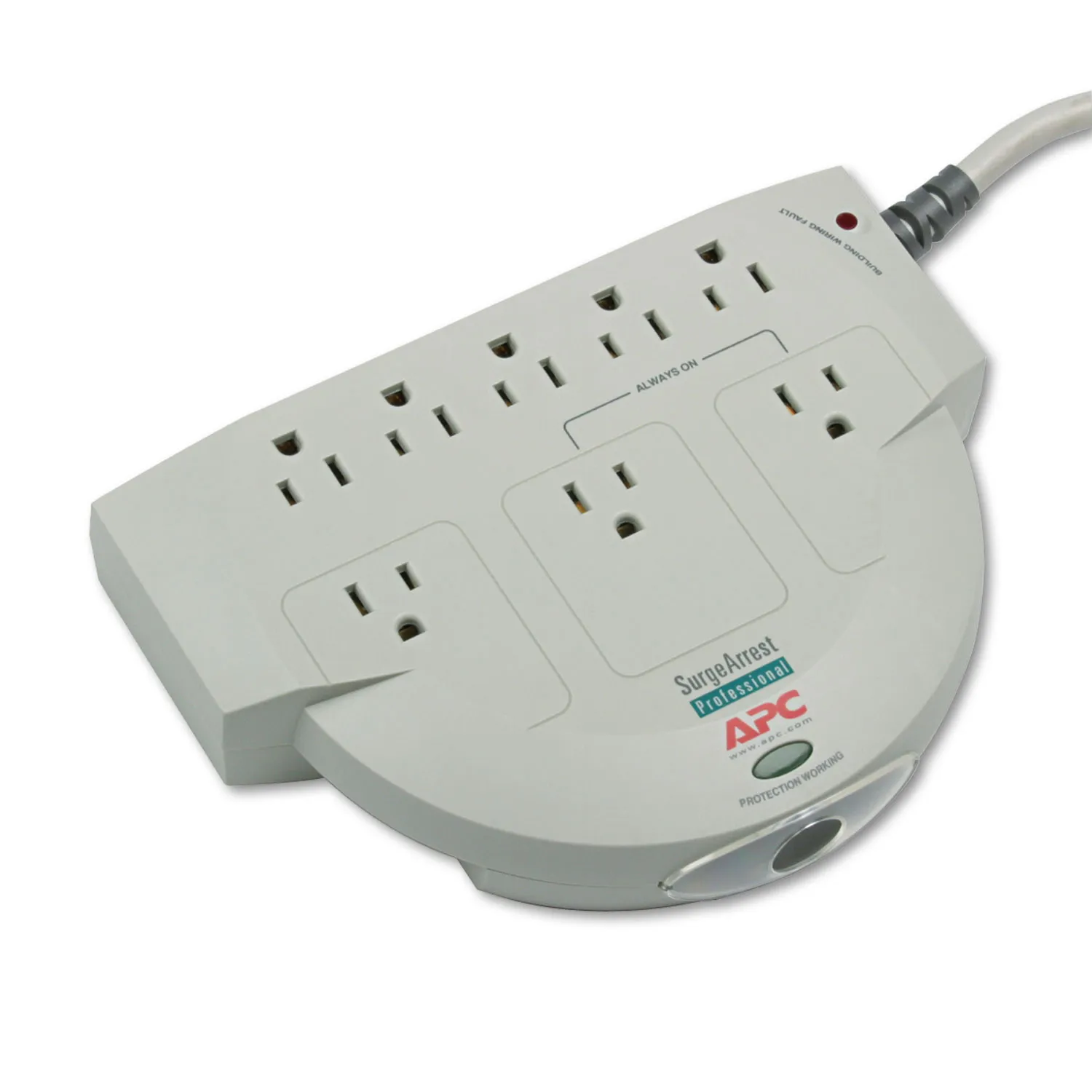
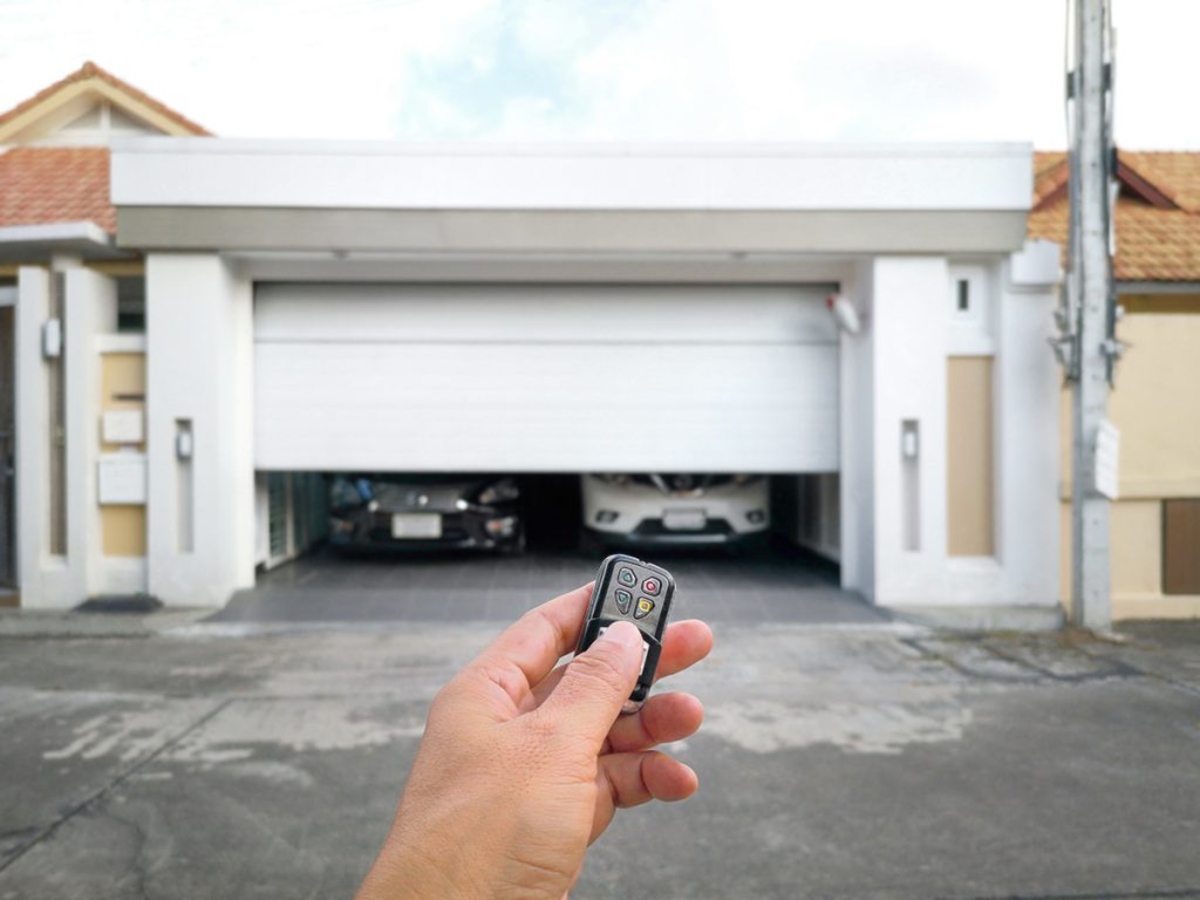
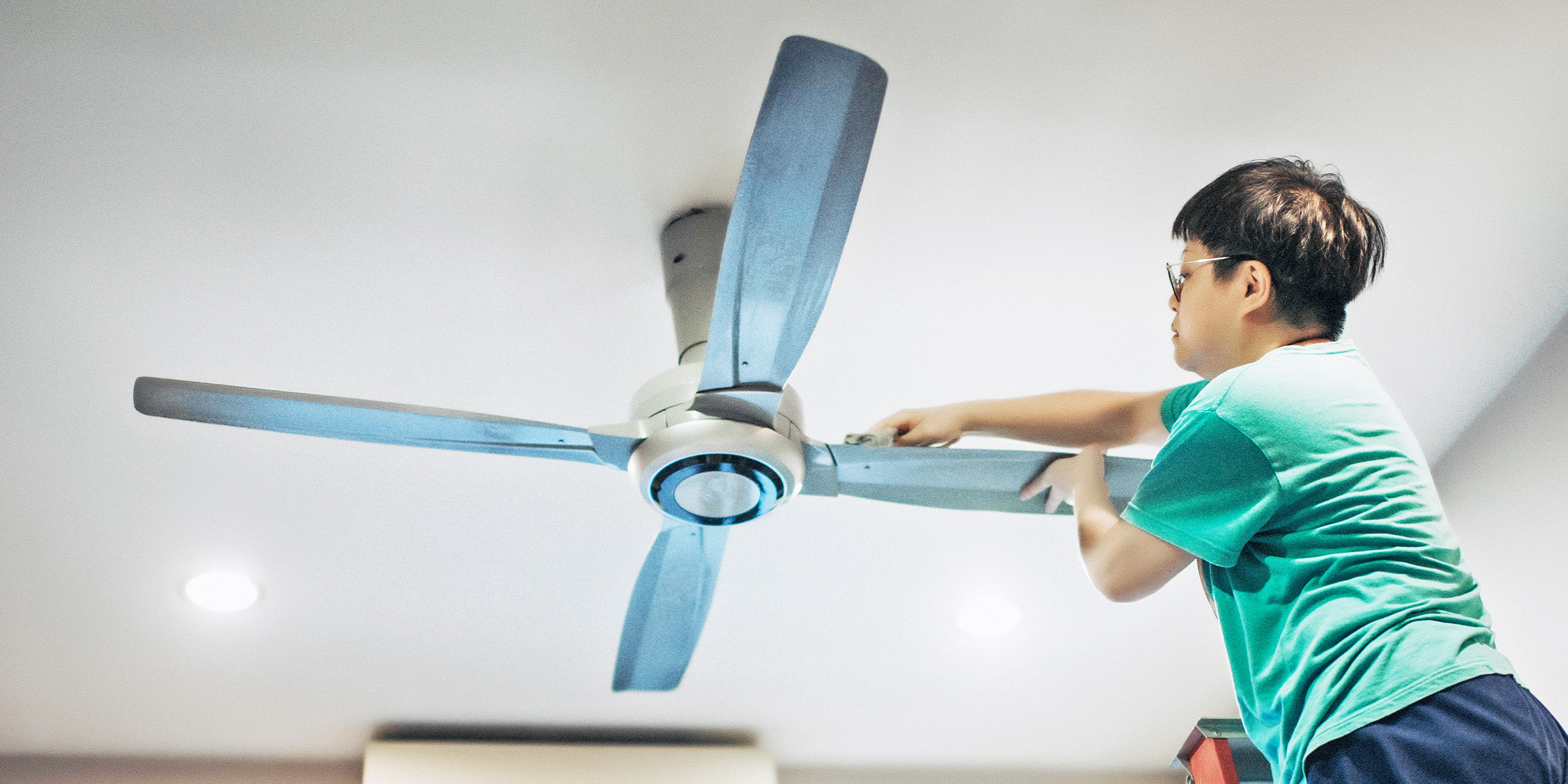
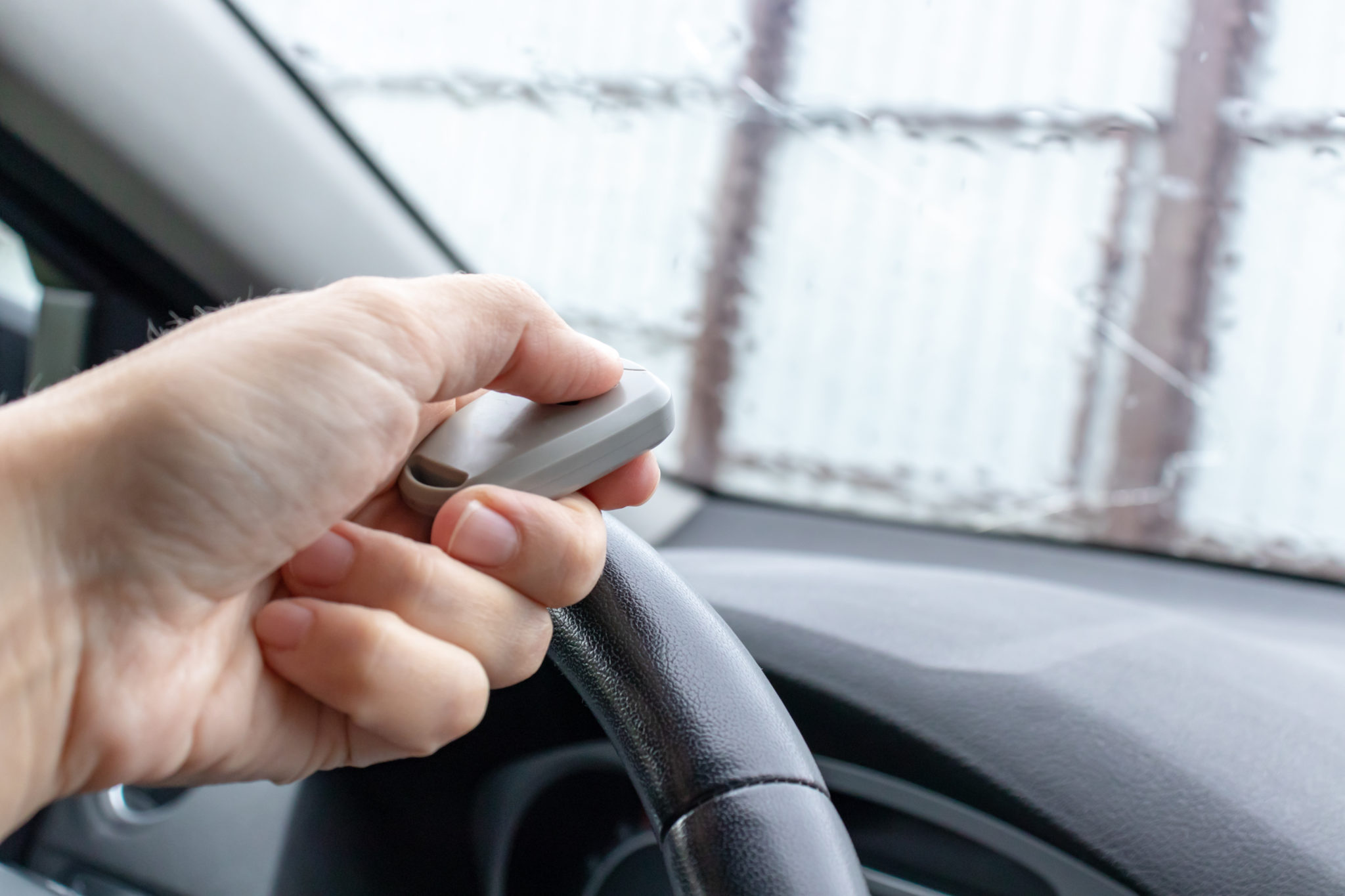
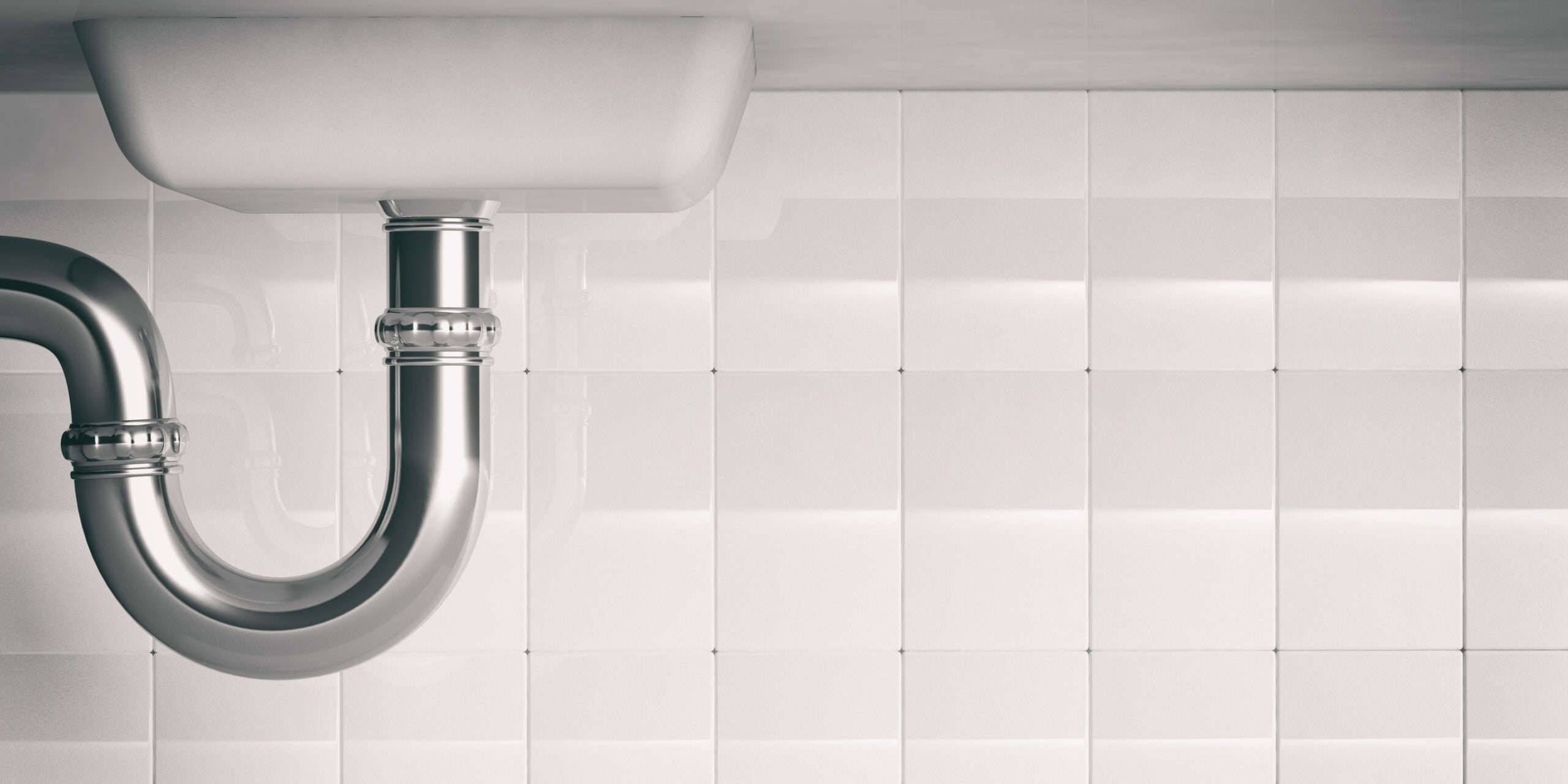
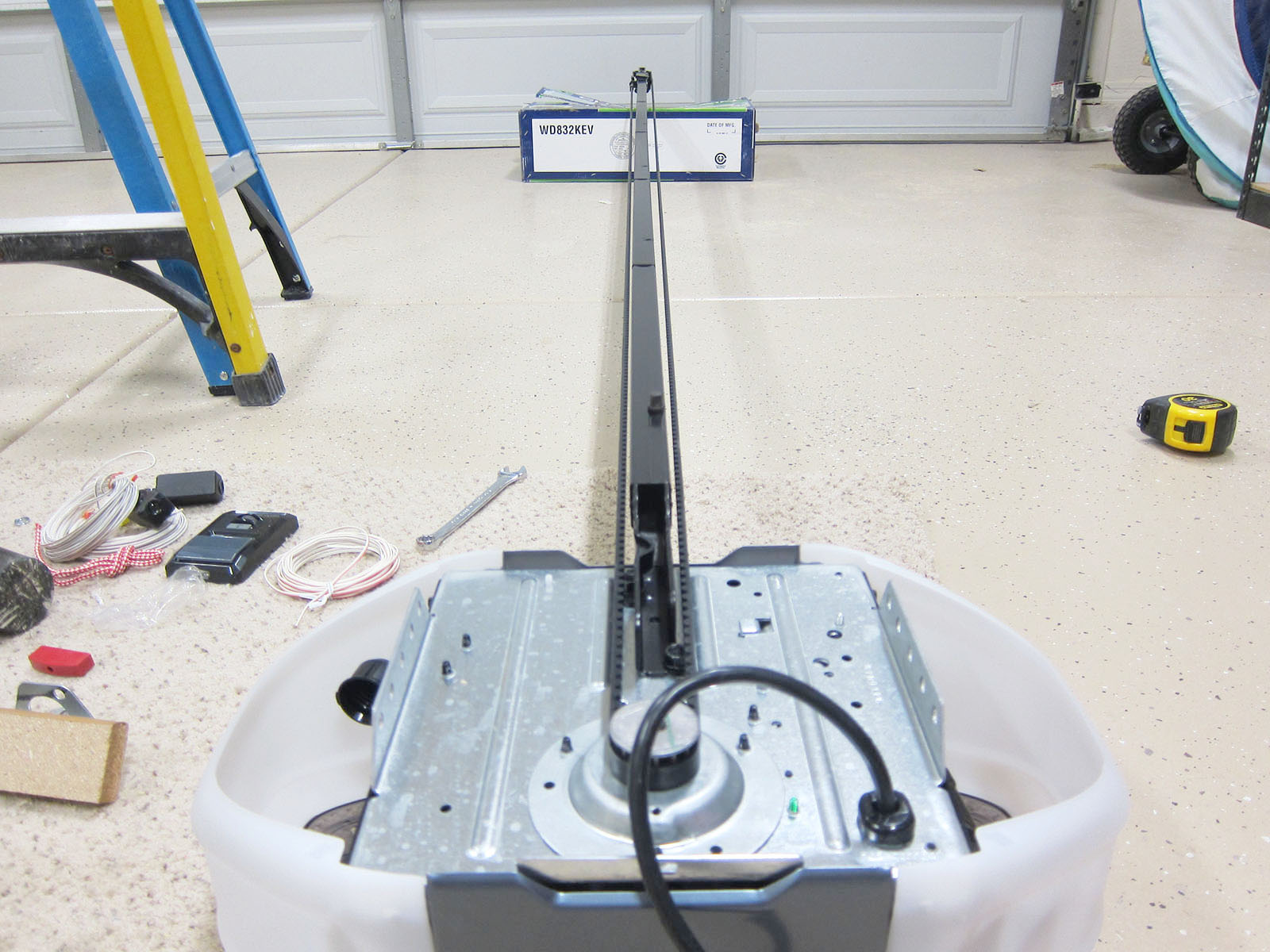

0 thoughts on “Why Is My Garage Door Opener Making A Clicking Sound”